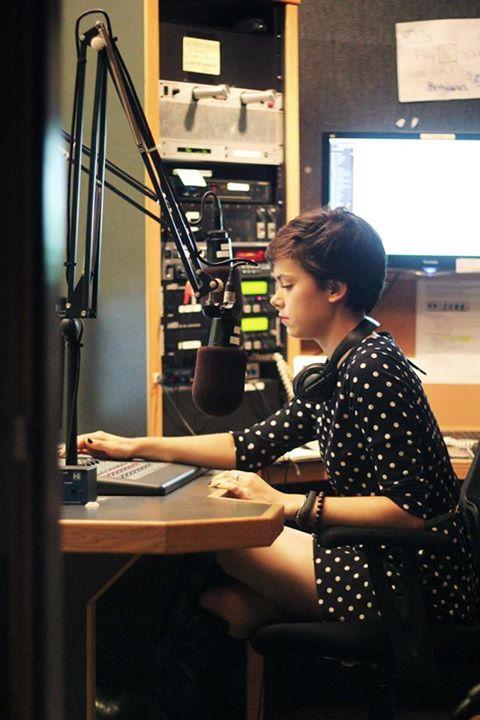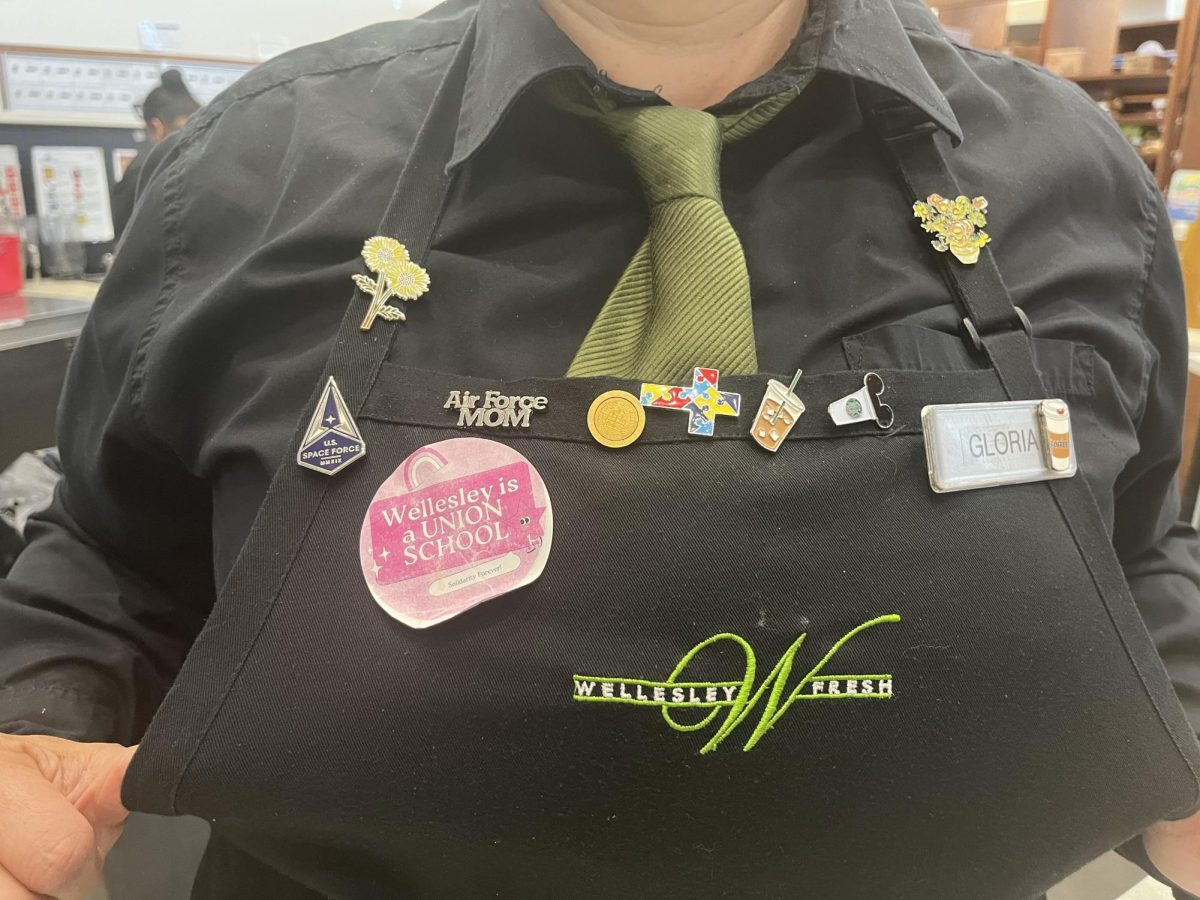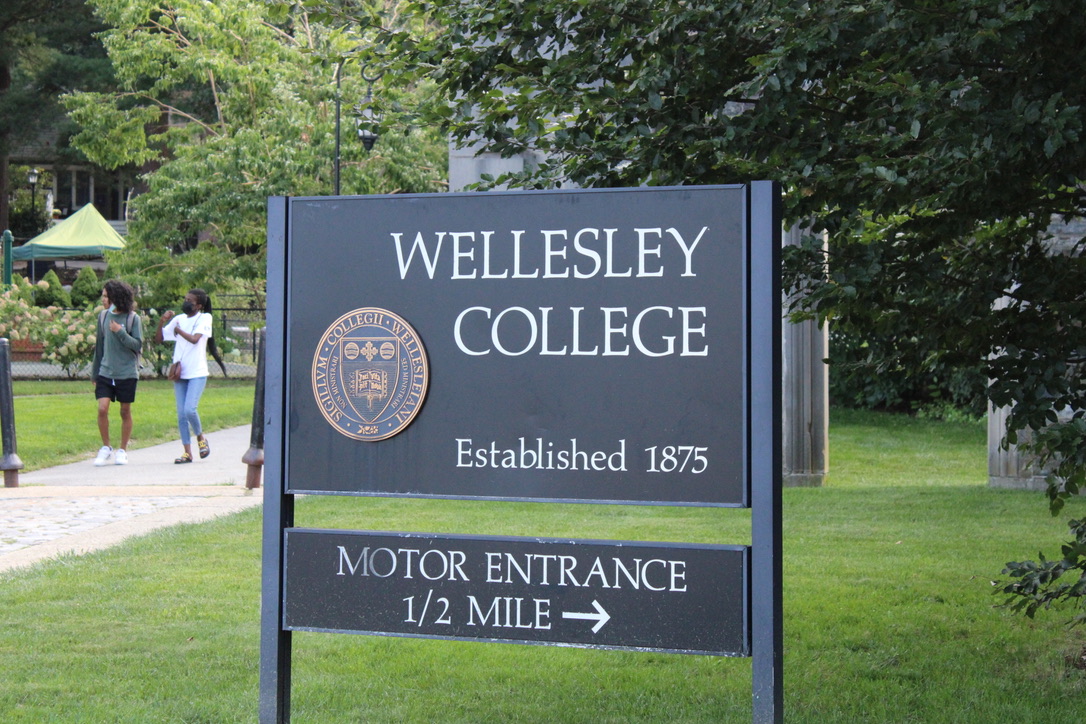WZLY, Wellesley’s student radio station, is selling its frequency license and will therefore no longer be on air at 91.5 FM. After a collective vote last year, WZLY will exclusively broadcast on the web at WZLY.net.
WZLY was the first women’s college radio station in the United States, but the members of the organization decided that selling the frequency would ultimately be best for the station.
Many college stations across the nation have made a decision similar to WZLY’s. Earlier this year, Georgia State University’s college radio WRAS Album 88, a station responsible for R.E.M. and Radiohead’s success, leased its frequency to public radio. WRVU at Vanderbilt University, known for popularizing Mumford and Sons, sold its license to Nashville Public Radio.
WZLY is hoping to join these college stations in broadcasting exclusively on the web by next semester or next year at the latest. Every six years the radio license must be renewed, and WZLY just recently filed for renewal as a step toward selling the license. After the renewal process, WZLY will collaborate closely with the administration to find a buyer for the frequency. The possible value of the frequency ranges widely and depends on the interested buyers.
The College bought the license, as opposed to using fundraised money from WZLY itself, and therefore has claim to the profits from the sale. However, WZLY hopes that the money from the sale could provide an emergency fund for the station, a safety cushion in case the expensive radio equipment that allows WZLY to play music fails.
One of the main factors that led to the collective decision to sell WZLY’s frequency is that in order for WZLY to continue broadcasting, it must follow all rules and regulations outlined by the Federal Communications Commission (FCC). For example, the station must complete extensive station logs that include entries pertaining to equipment status, equipment calibration, the Emergency Alert System (EAS) and, when applicable, the recording of tower light outages. There are also various regulations regarding the antenna, the amount of power, transmitter metering, bandwidth, field strength and many other aspects of the radio.
“As students, we are not independently equipped with the know-how to comply with complex federal regulation,” WZLY Secretary Lydia Saltzbart ’15 said.
A few years back, the FCC mandated the use of a new type of EAS which the students at WZLY were unaware of. Additionally, the current WZLY executive board claims that the frequently changing executive board makes it hard to grasp the extremely steep learning curve for the FCC regulations. According to Ornela Xhori ’15, General Manager of WZLY, it would require full-time outside hire, such as a manager or radio expert, to keep the station up to date with all the constantly changing FCC rules and thus avoid the array of regulatory fees. WZLY currently faces various potential fines from not abiding with FCC codes in the past. These fines, according to Xhori, would cripple the station.
Additionally, WZLY has had to abide by the FCC guidelines on what is appropriate and inappropriate to air, which WZLY DJs find difficult to navigate. The FCC has defined broadcast indecency as “language or material that, in context, depicts or describes, in terms patently offensive as measured by contemporary community standards for the broadcast medium, sexual or excretory organs or activities.”
While larger city radio stations may feel comfortable broadcasting hip hop and rap, student DJs often refrain from playing the typically more explicit genres, in fear of incurring fines for the station.
“WZLY encourages all its station members to play material that receives little airplay from commercial radio stations,” Xhori said of WZLY’s ultimate goal of promoting diverse and independent music. “[But] by effectively excluding huge, popular genres, we lose out on that purpose.”
Additionally, the 91.5 FM frequency only extends to the Wellesley College campus and various areas of the town of Wellesley, therefore restricting potential radio listeners to a particular circumference. Listeners outside of and in Wellesley can tune into web-based radio as long as they have internet access.
Most of WZLYs listeners already stream via the
WZLY.net web link as opposed to through the 91.5 FM frequency. Popular alternatives to radio are already on the web, such as Spotify and Soundcloud, while podcasts and YouTube videos have notably covered similar ground as live radio shows.
“Our job is first and foremost to play music and to be a community. None of that will change when we start broadcasting exclusively on the net,” said Victoria Uren ’17, a DJ at WZLY.
“It has been amazing to have been broadcasting for so long, but now the cost and effort of keeping it up very much outweigh the benefits,” Xhori said. “There is a fine line between preserving tradition and becoming archaic.”
Photo by Soojin Jeong ’17, Photography Editor








neggy | Oct 27, 2014 at 3:34 pm
funny, college and other non comms all over the country seem to be able to stay on the air and deal with the regulations. As a Broadcast Engineer I can tell you the license is worth ZERO. WMFO could file to deny any transfer, then file for a pattern change since the 7 watt station would not be protected by the FCC.. As to programming, the Pacifica decision has stood for decades, don’t say Carlin’s 7 words and you are fine… cripes I learned that in 1976. Seems to me nobody gives a darn…. I can list 4 Engineers who could keep that station on the air and in compliance that work with schools…. lets start with Grady Moates or Peter Q. George…